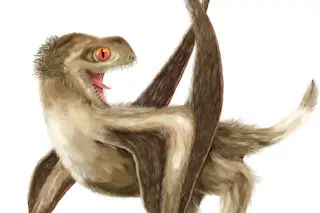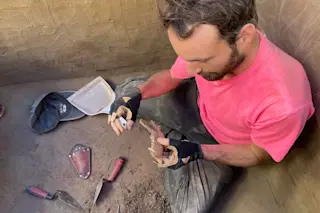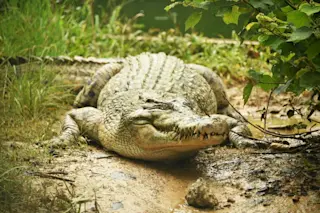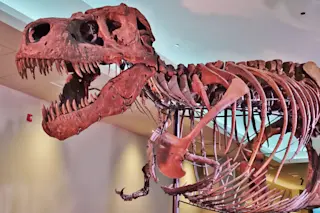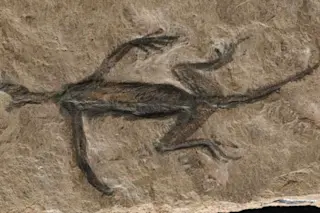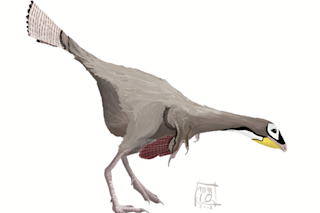Feathered dinosaurs are all around us today. Birds — from pigeons to penguins — are dinosaurs. But what about our Mesozoic favorites?
Some dinosaur groups haven’t been found with protofeathers yet. The long-necked sauropods and shovel-beaked hadrosaurs don’t seem to show evidence of fluff at the present time. But based upon the spread of fuzzy body coverings among other dinosaurs, it may be that experts just haven’t found the right fossils.
Dinosaurs closely related to birds were feathered. But as paleontologists have dug into the Mesozoic, they've kept finding dinosaurs with protofeathers in different places of the family tree.
And among dinosaurs, protofeathers have not only been found among theropod dinosaurs closely related to birds, but also all the way on the other side of the family tree, among a group called ornithischians. Either dinosaurs inherited protofeathers from their direct ancestors, or fuzzy body coverings evolved multiple times.
Read more: ...


